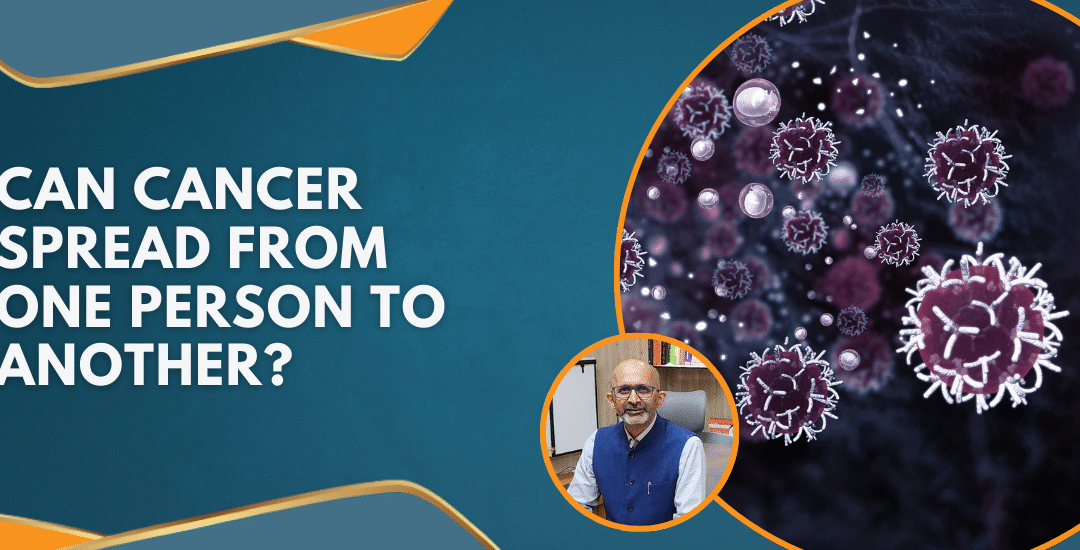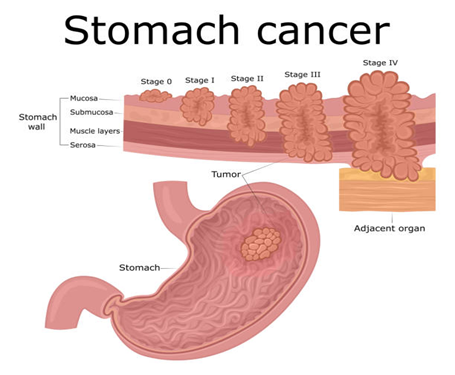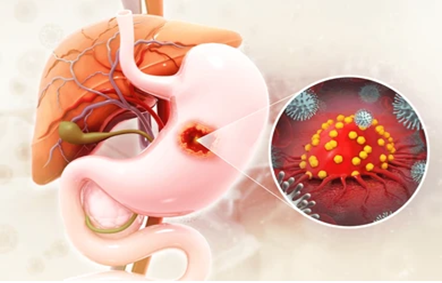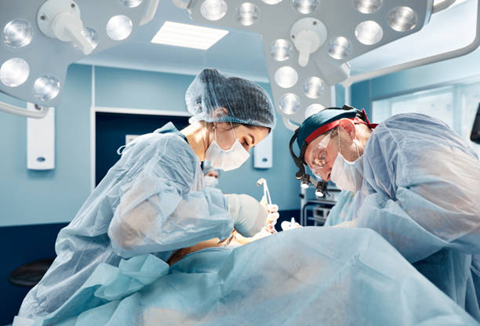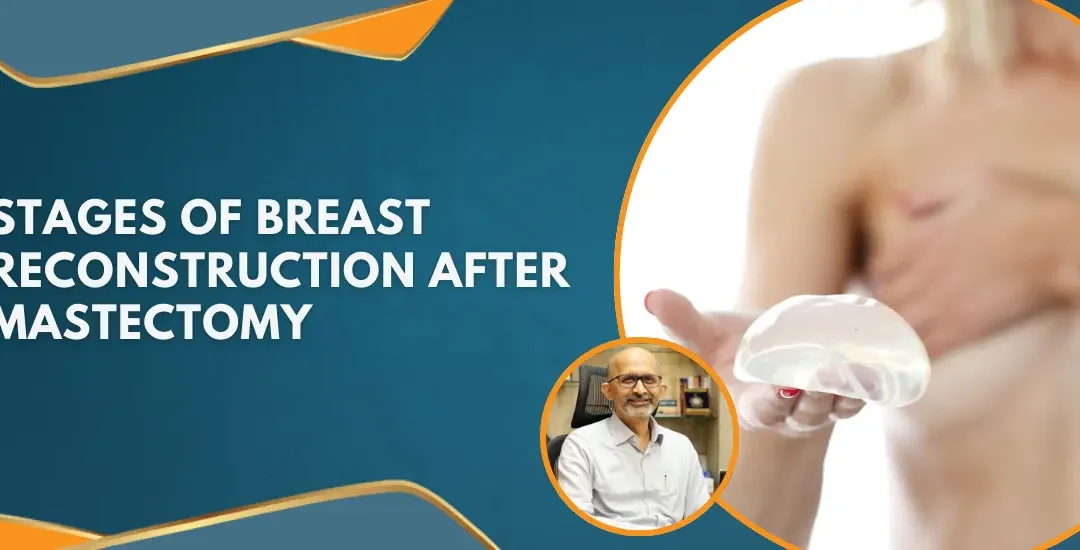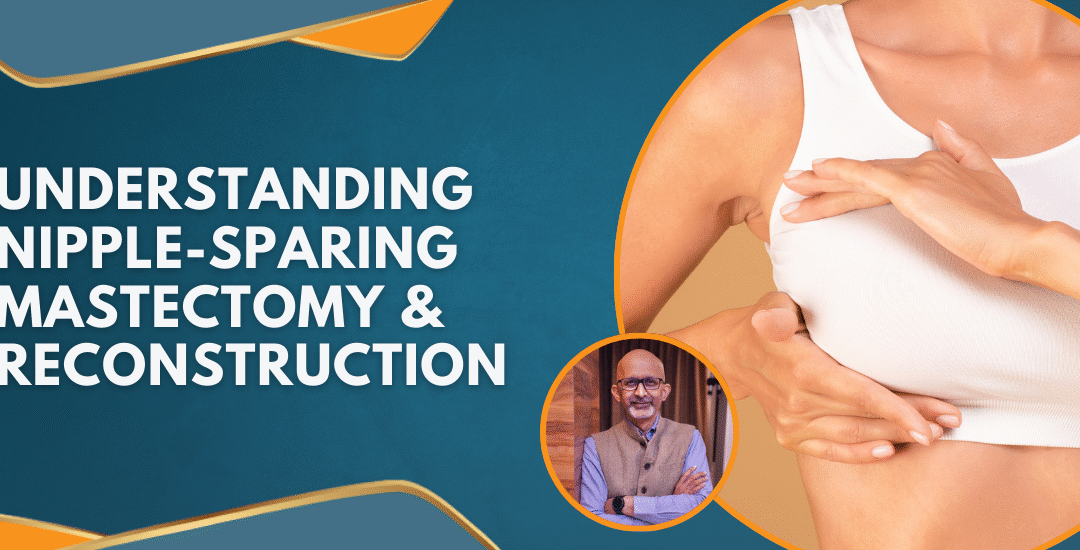
Understanding Nipple-Sparing Mastectomy & Reconstruction
Breast cancer is one of the most common cancers worldwide, affecting approximately 12.5% of women. In India, breast cancer accounts for about 27% of all cancers in women, making it the most prevalent type in the country. Mastectomy, the surgical removal of one or both breasts, is often a crucial part of breast cancer treatment. However, for many patients, the journey to recovery also involves breast reconstruction, which plays a vital role in restoring physical appearance and self-esteem.
Nipple sparing mastectomy and reconstruction offers a promising option for those seeking a less deforming procedure while still addressing cancer effectively. This approach aims to remove cancerous tissue while preserving the nipple and areola, followed by reconstructive surgery to rebuild the breast.
Dr. Sandeep Nayak, an ace surgical oncologist in India with a team of highly qualified and seasoned specialists, offers cutting-edge cancer treatment in Bangalore. With extensive expertise in breast cancer surgeries, including nipple sparing mastectomy and reconstruction, Dr. Nayak provides comprehensive care tailored to individual needs.
Ready to explore your options? Consult with an experienced professional to discuss how nipple sparing mastectomy and reconstruction can fit into your treatment plan. Book an appointment today!
What is Nipple Sparing Mastectomy?
A nipple sparing mastectomy is a surgical procedure designed to treat breast cancer while preserving the breast skin, nipple and areola. In a conventional mastectomy, the entire breast, including the nipple, is removed. This technique involves removing the breast tissue through an incision around the edge of the areola or in an unnoticeable location, leaving the nipple intact. It is an option for patients with early-stage breast cancer who meet specific criteria, including no cancer involvement in the nipple area.

This approach allows for a more natural-looking and feeling breast after surgery. It can significantly enhance a patient’s psychological and emotional recovery. Surgical oncologists carefully plan this procedure to ensure the removal of all cancerous tissue, minimizing the risk of recurrence. Patients undergo a thorough evaluation to ensure they are suitable for this procedure, considering factors such as tumor size, location, and overall breast health.
Robotic nipple-sparing mastectomy
Robotic nipple-sparing mastectomy (rNSM) represents a significant advancement in breast cancer surgery, offering patients a less invasive option with aesthetic and psychological benefits. Utilizing state-of-the-art robotic technology, this procedure allows surgeons to perform precise, controlled movements through a small incision, often in the armpit, which minimizes visible scarring on the breast. The technique preserves the nipple-areola complex, enhancing cosmetic outcomes and potentially improving emotional recovery for patients by maintaining a more natural breast appearance. Moreover, RNSM can be particularly advantageous for women with certain breast cancer types or those at high genetic risk, offering them a combination of effective cancer treatment and superior cosmetic results. As robotic systems continue to evolve, this innovative approach is likely to become more accessible, transforming the landscape of breast cancer surgery with its emphasis on both oncological safety and quality of life. Dr Sandeep Nayak is considered one of the pioneers in robotic nipple-sparing mastectomy in India.
Curious about the advantages of this surgery? Let’s find out how it can enhance your treatment journey.
Benefits of Nipple Sparing Mastectomy and Reconstruction
Aesthetic Outcomes: By preserving the nipple and areola, patients often experience a more natural appearance after reconstruction.
Reduced Scarring: The technique typically involves fewer and smaller incisions, leading to minimal scarring.

Simultaneous Reconstruction: Allows for immediate breast reconstruction, reducing the need for multiple surgeries and facilitating a smoother recovery process.
Oncological Safety: Provides effective breast cancer treatment with a low risk of recurrence in properly selected patients, ensuring both safety and effectiveness.
Faster Recovery: Compared to traditional mastectomy, patients generally recover more quickly and experience less postoperative discomfort.
Now, let’s learn about the various options available for reconstruction after mastectomy.
Reconstruction Options After Nipple Sparing Mastectomy
Reconstruction after a nipple sparing mastectomy can be done either immediately during the same surgery or delayed to a later time, based on the patient’s condition and preferences. Some of the breast reconstruction options include:
Implant-Based Reconstruction: Utilizes silicone or saline implants to reconstruct the shape of the breast. Saline implants are used when radiation has to be planned and we need to silicone plant is planned at later date.

Natural tissue or Autologous Tissue Reconstruction: Uses the patient’s own tissue, usually from the abdomen, back, or thighs, to reconstruct the breast. Common methods include the TRAM flap, DIEP flap, and Latissimus Dorsi flap.
Combination Reconstruction: A hybrid approach that uses both implants and autologous tissue to achieve a more natural look and feel. This may involve placing an implant first and then adding additional tissue or using both methods simultaneously.
Have questions about the procedure? Learn about each step involved.
The Nipple Sparing Mastectomy and Reconstruction Procedure
Reconstruction after a nipple sparing mastectomy can be done either immediately during the same surgery or delayed to a later time, based on the patient’s condition and preferences. Some of the breast reconstruction options include:
Preoperative Planning:
Patients undergo comprehensive evaluations, including mammograms, MRIs, and biopsies, to confirm suitability for nipple-sparing mastectomy and ensure the nipple area is disease-free. Once the patient meets the eligibility criteria, the surgeon will discuss reconstruction options and develop a treatment plan based on individual needs and preferences.

Nipple-sparing mastectomy demands skilled surgical expertise, precise technique, and careful postoperative care for successful outcomes.
Want to know more about the process? Consult with a specialist to understand what to expect during mastectomy and reconstruction. Schedule an appointment now!
Are there any risks involved? Learn about potential complications.
Potential Risks and Complications
While nipple sparing mastectomy and reconstruction offer many benefits, there are potential risks and complications, including:
Infection: Risk of postoperative infections in the incision site or reconstructed breast area.
Bleeding: Possibility of excessive bleeding during or after the surgery, which may require additional treatment.
Wound Healing Issues: Potential for delayed or poor wound healing, especially around the incision or nipple area.
Seroma: Accumulation of fluid in the surgical area, which may require drainage.
Nipple Sensitivity Changes: Altered or loss of sensitivity in the preserved nipple area due to nerve damage.
Cancer Recurrence: Though rare, there is a risk of cancer recurrence in the preserved nipple area if cancerous cells were not entirely removed.
Reconstruction Complications: Issues related to breast reconstruction, such as implant-related problems or complications with autologous tissue.
Lymphedema: Swelling caused by fluid retention in the arm or breast area due to lymph node removal or damage.
Patient Stories and Testimonials
“I had a complex breast reconstruction after a mastectomy at MACS. The expertise and attention to detail of the team were remarkable. The entire process, from surgery to recovery, was managed professionally. I’m very pleased with the results and the treatment I received.”
“After my mastectomy and subsequent reconstruction, I feel like I’ve regained my confidence. Dr. Sandeep Nayak was incredibly supportive throughout the entire process. The care I received was top-notch, and the results are exactly what I hoped for.”
“Team MACS provided exceptional care for my breast cancer treatment and reconstruction. The surgical team’s skill and comprehensive approach were impressive. I am satisfied with both the results and the personal attention.”
Conclusion
Understanding nipple sparing mastectomy and reconstruction is crucial for anyone considering breast cancer treatment. This approach offers significant benefits, including aesthetic outcomes and reduced recovery times. Dr. Sandeep Nayak and the skilled team at MACS are dedicated to providing expert care and innovative treatment options. Their experience and commitment ensure patients receive comprehensive support throughout their journey.
If you’re considering nipple sparing mastectomy or reconstruction, consulting with a specialist can provide valuable insights and guide you through the process.
Frequently Asked Questions
How is nipple-sparing mastectomy different from traditional mastectomy?
Unlike traditional mastectomy, which removes the entire breast, including the nipple, nipple-sparing mastectomy preserves the nipple and areola, focusing on removing only the underlying breast tissue.
Is nipple-sparing mastectomy as effective as traditional mastectomy in treating cancer?
For appropriately selected patients, it is as effective as traditional mastectomy, offering similar oncological safety with careful evaluation.
Will I need additional treatments after surgery?
Additional treatments, such as radiation or chemotherapy, may be required based on the individual’s cancer type, stage, and other factors.
Is nipple-sparing mastectomy safe?
For carefully selected patients, it offers similar oncological safety to traditional mastectomy, with a low risk of cancer recurrence in the preserved nipple area.
Will I have a scar after a nipple-sparing mastectomy?
There will be a scar, typically in less visible areas, along the breast crease or around the areola.
Disclaimer: This blog is intended to inform and educate readers about nipple sparing mastectomy and reconstruction options and does not serve as a marketing tool for any individual or clinic.

